In this post, we will see the concept of a power transformer.
A transformer is an electrical device that is used to change voltage range; either increasing it to a certain level or decreasing it to a certain level. It is one of the most basic components used in an electrical network.
Voltage conversion is necessary because you cannot always apply the same input voltage to any device. Every instrument has its own set of power requirements and it varies from instrument to instrument.
Electrical power goes in three phases – generation, transmission, and distribution.
It has substations involved and the substation has many types of equipment; a transformer being one of them. One of the most commonly used types of transformer in it is a power transformer.
In this post, we will understand the concept of a power transformer.
What is a Power Transformer?
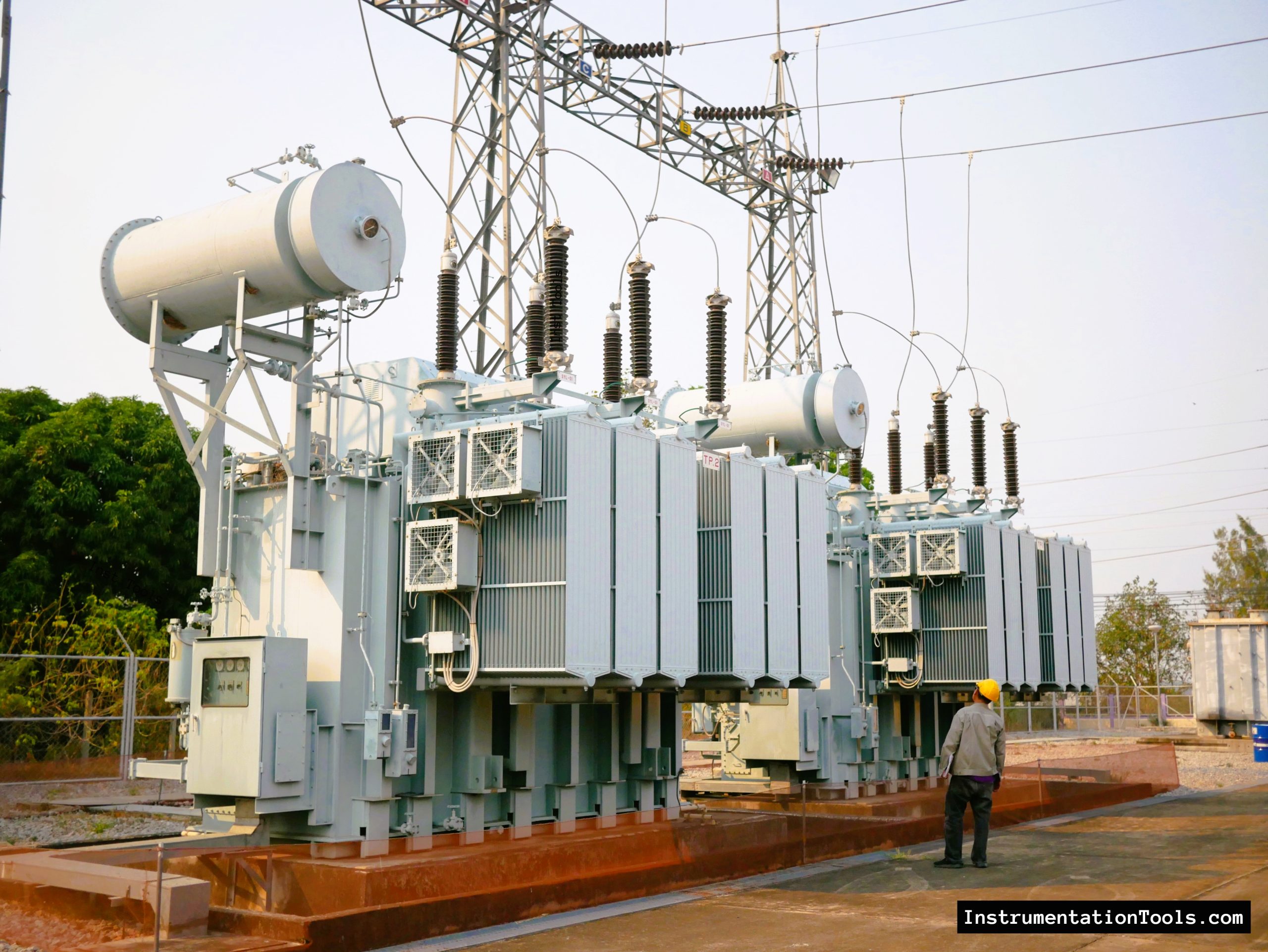
The power transformer is used in the generation and transmission stages. It can be a single phase or three phases. A power transformer is used for stepping up or down higher rated voltages in both these stages.
Typically, it can step up from 11KV to around 800KV for transmission; and step down again from 800KV to 240KV or 11KV for aiding the distribution process. Its basic working is the same as the normal transformer that we know. Only there are some additional design changes in it for working at higher voltages.
This transformer is provided with tapping on the primary winding side. Power lines are subjected to many variations according to demands and to work with that, tapping is provided on the primary side. By setting the proper tap, we can maintain proper voltage at the secondary side winding. You can change the taps even when the power supply is on.
It is put in operation during peak load. This means, it is connected in parallel with a normal transformer and when there is high peak demand during morning or evening hours, then the power transformer is used.
During non-peak hours, the normal transformer comes into the picture and the power transformer is shut off. The main thing here is that power is transmitted without changing the frequency.
Two winding transformers are generally used where the ratio of high voltage and low voltage is greater than 2. It is cost-effective to use an auto transformer where the ratio between high voltage and low voltage is less than 2.
Power transformers are essential in minimizing substantial energy losses, due to Joule’s effect, in the transmission of large amounts of electrical power over long distances by converting it into high-voltage current and then stepping it down to a safer low-voltage current.
Power transformers are commonly found in power plants, industrial plants, and electric utility companies.
Components of Power Transformer
The components of a power transformer are mentioned below.
- Core components
- HV and LV windings
- Insulating materials
- Tap changer
- Bushings
- Transformer tank
- Conservator component
- Breather component
- Cooling system
- Explosion vent
- Buchholz relay
Types of Power Transformer
The power transformers are classified as follows.
- Based on turns ratio – isolation transformers, step-down transformers, and step-up transformers.
- Based on phase supply – Autotransformer, single-phase, and three-phase.
- Based on core and winding construction – Berry-type, core-type, and shell-type.
- Based on core material – air core, ferrite core, iron core, and toroidal core.
In this way, we saw the concept of a power transformer.

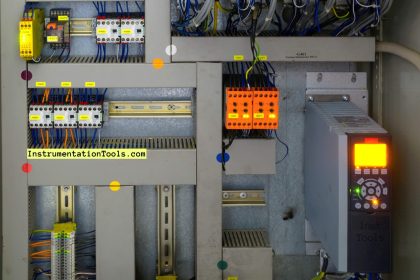
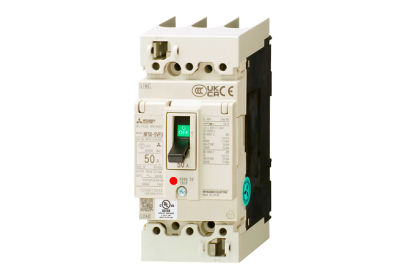
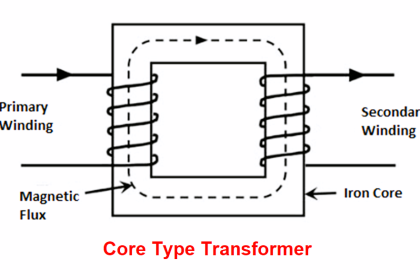
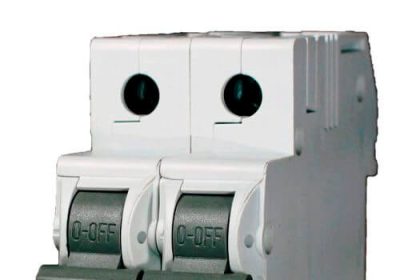
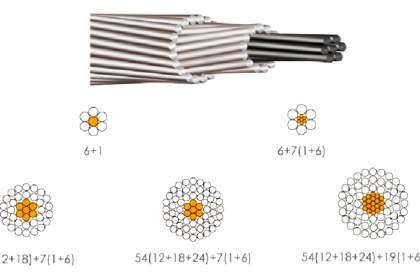
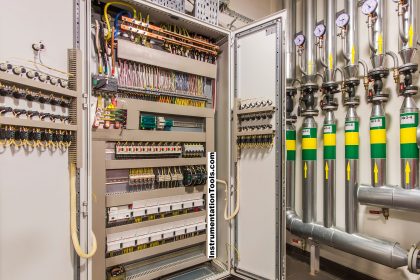
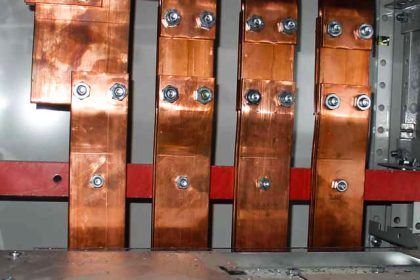
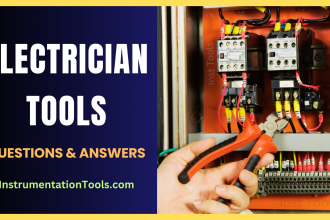
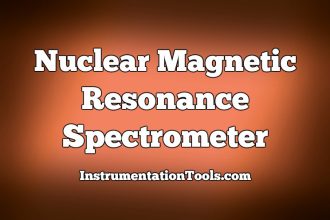

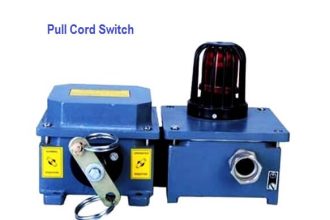

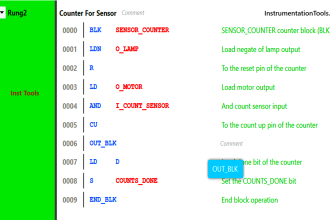

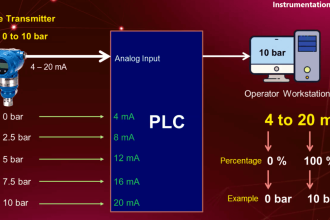

Items missing from presentation : GRAPHICS ETC